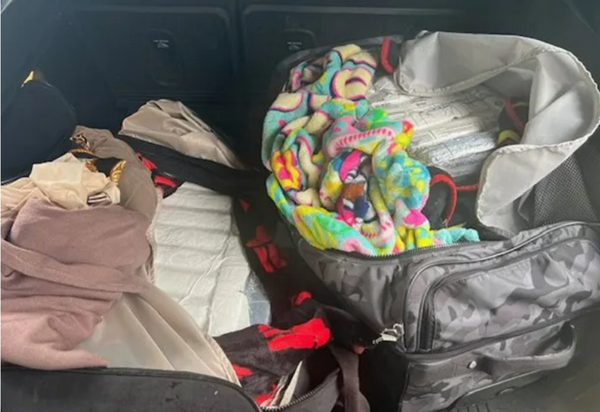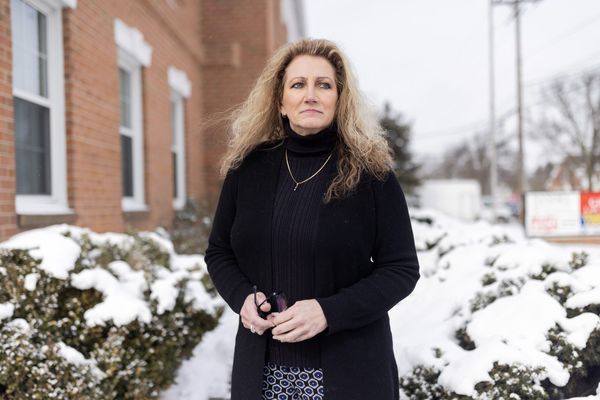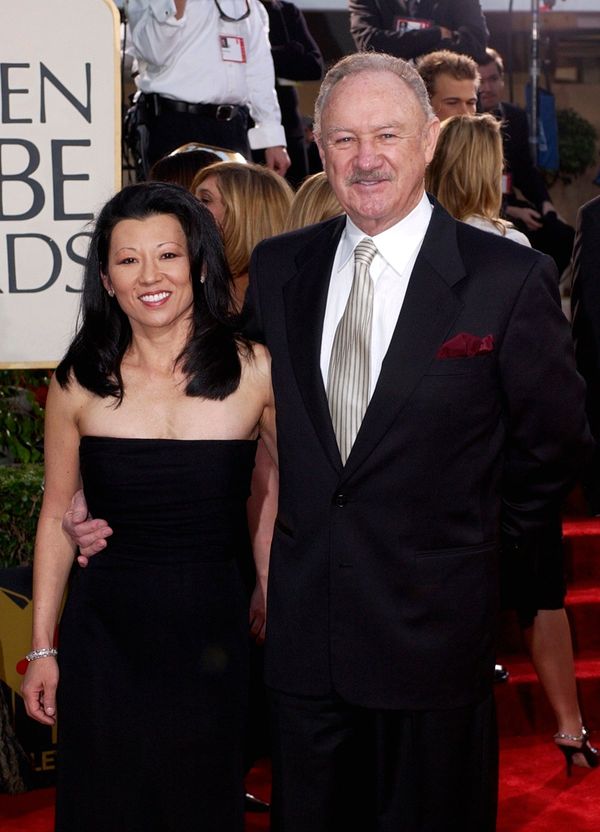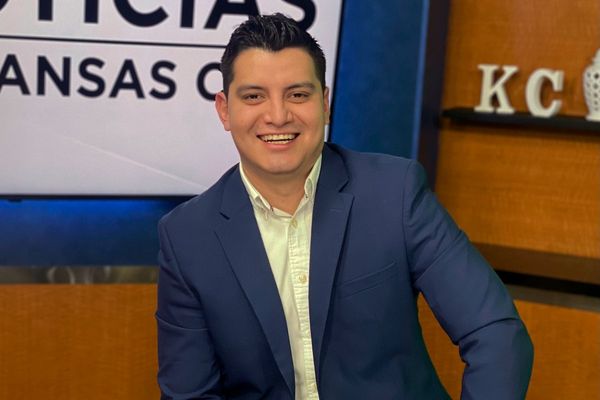MINNEAPOLIS — Patty Wetterling just wanted the person who kidnapped her son to be caught.
She never imagined her pursuit would lead to the creation of a list of more than 18,000 predatory offenders in Minnesota that could include children as young as 10 years old.
"It was never intended to have 10-year-olds on the sex offender registry," said Wetterling, whose son Jacob was abducted and murdered in 1989 when he was 11. "It would be laughable if it wasn't so devastating."
Wetterling was one of more than two dozen members of a legislative working group assembled last year to examine the state's Predatory Offender Registry for the first time in three decades. In February, the group recommended changes supported by a majority of members, including the removal of most children from the list. The minimum age on the federal registry is 14, making Minnesota an outlier.
If enacted by lawmakers, the changes would be the first steps to scale back a registry that has only expanded over the years in moments when panic over sexual predators was high. Newer research, however, has shown children are at low risk of reoffending as adults.
"Registrants are not a monolith of predators hiding in the bushes, lying in wait," said Stacy Bettison, co-chair of the working group. "We must reform the registry so those individuals who need to be tracked are, and those who pose very little risk to the public are not."
Initially created as the Sexual Offender Registry in 1991 in the wake of Jacob's disappearance, it was designed as a tool to quickly show law enforcement if convicted sex and kidnapping offenders lived in an area by requiring them to register their addresses.
Members of law enforcement serving on the group have pushed back on most changes, saying agencies access this system daily in critical moments in an investigation, noting anecdotally that the registry was helpful in catching assailants in the Katie Poirier and Dru Sjodin cases.
"In these rare cases the (registry) could well be the key to bringing justice these victims and families deserve," law enforcement wrote in a minority opinion.
The Bureau of Criminal Apprehension, which maintains the registry, doesn't track how many cases with an unknown assailant have been solved over the years using information exclusive to the registry.
"We don't know if it's a tool or a toy," said James Fleming, chief public defender in the Second Judicial District, who served on the working group.
For Wetterling, the group's work was her first chance since Jacob's kidnapping to have a conversation about the registry that included perspectives from all sides.
"I have a great empathy for all sides," she said. "Yet the registry has gotten so far away from its original purpose. It's gotten so stringent and so punitive and there are side effects that nobody is thinking about."
———







